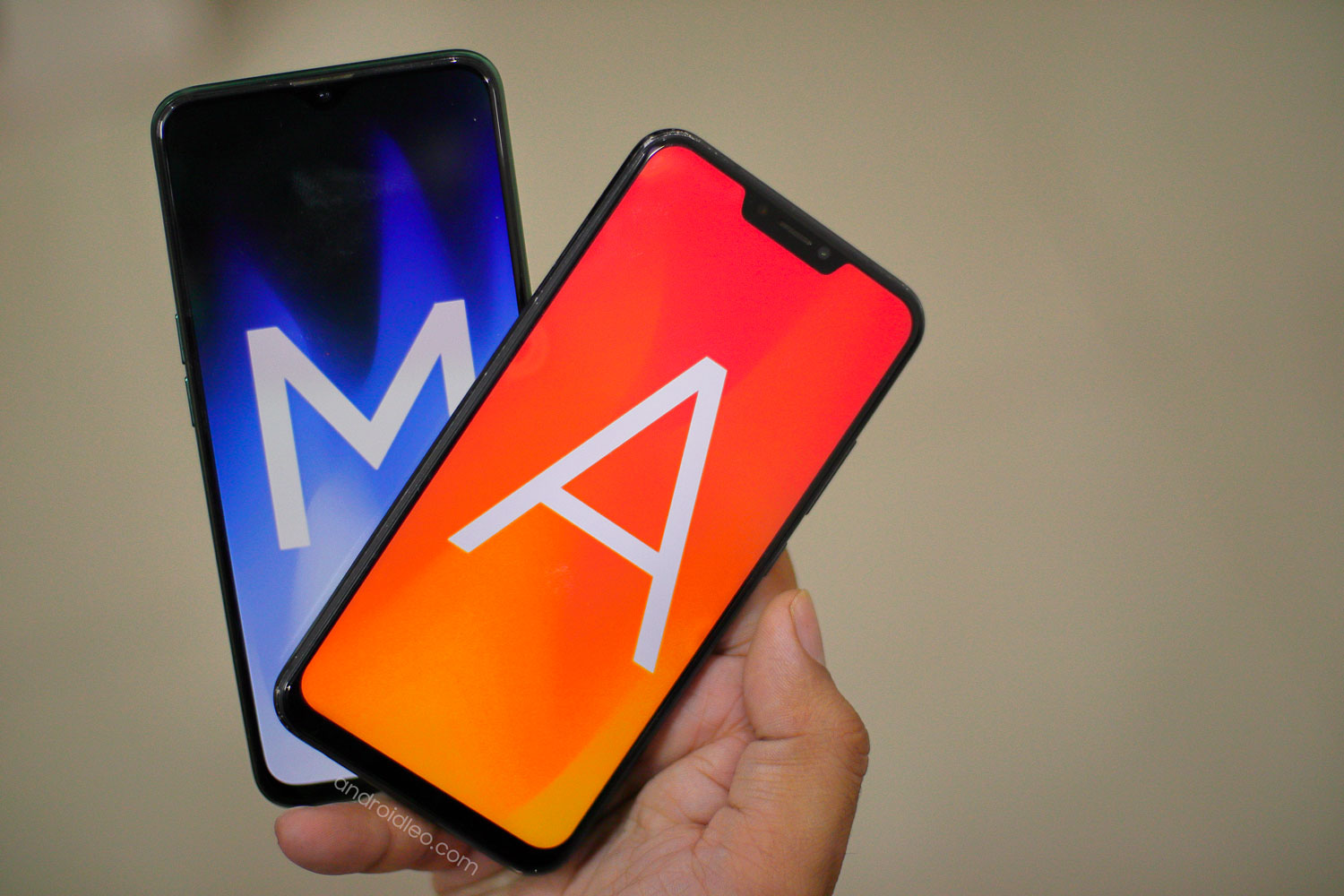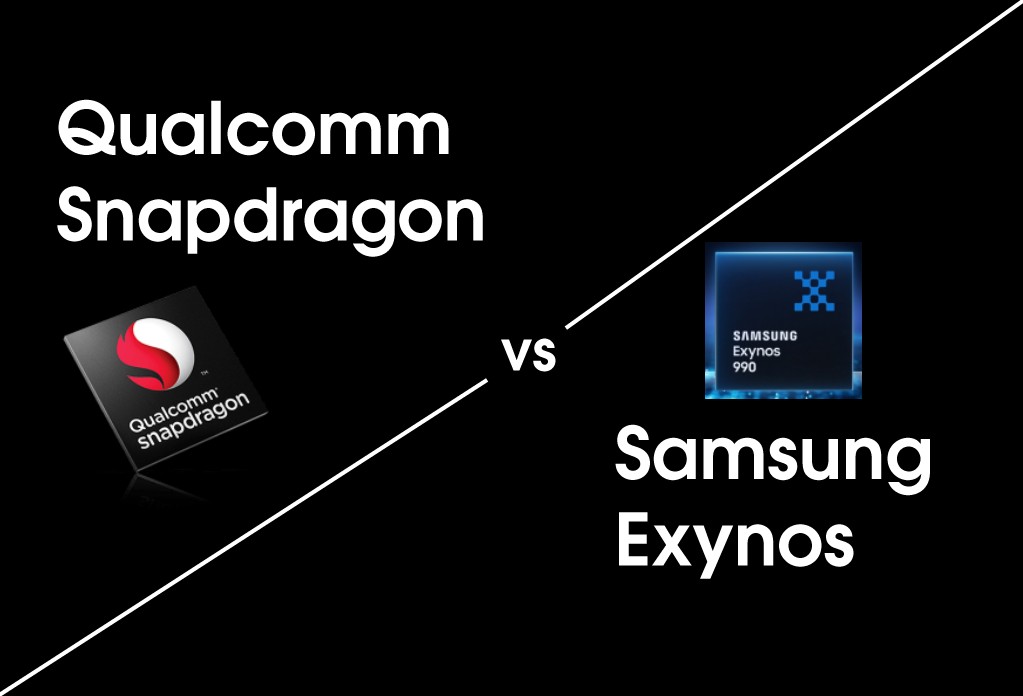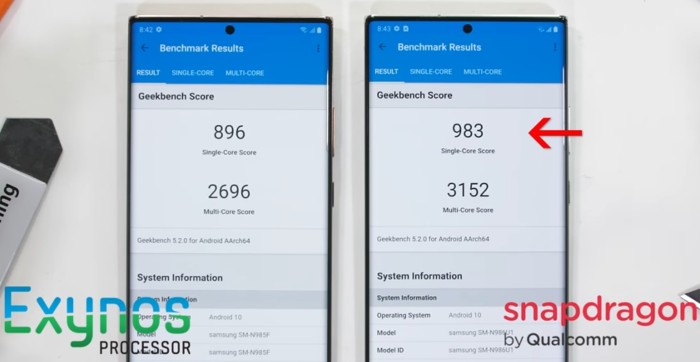If you are planning to buy a Galaxy smartphone, you are confused as to what is the difference between Samsung A series and M series. And which of the two would be better then this would be the right place for you where the key issues like features, price and design of both have been compared in detail as well as help in deciding which series will be better for you.
Before we start, it would be right to mention that large range of smartphones is designed by south korea tech giant, which includes budget, mid-premium and flagship smartphones, all of which are classified by the company through M, F, A and S lineup. The main objective of creating all these subcategories is to keep the increasing competition in mobile in our favor as well as to compete with Chinese mobile manufacturers such as OnePlus, Xiaomi, Oppo.
Samsung Galaxy A-series :- The price range of Samsung Galaxy A series is huge, it includes low cost budget device to mid-premium smartphones. This line-up is promoted as the “Awesome“, As the name suggests here it promises to get a good display, great camera output and decent design.
Comparing the A-series with the M, there seems to be a price difference, where the M-series smartphones tend to be priced lower, leading to a downgrade in the design and specification of the phone. The Slight differences have also been made in the design of both. The Galaxy A series follows a better design and usually it’s phones have an in-display fingerprint scanner while the M lineup uses a side mounted fingerprint reader.
Samsung Galaxy M-series :- The Galaxy M series offers an Android phone at a budget price that includes a big battery, decent camera, and an overall great hardware. The Samsung M series was initially intended to target the emerging smartphone markets in the Asia region (countries like – India, Vietnam, Indonesia).
The Samsung M series is mostly seen as the successor to Samsung’s older J series line-up which was officially discontinued a few years back. Many fresh models are launched every year and these phones come with a powerful chipset where gaming and multitasking can be done.
The Samsung Knox is not available in all Galaxy M smartphones but it is present in all Galaxy A phones. An Another notable difference between these lineups is the use of materials and design. The Samsung M series devices mostly use plastic designs while the Galaxy A line-up based phones uses both plastic and glass materials, depending on the price.
when both the displays are placed together. It is known that the AMOLED panel is used in the A series, on the other hand, the low-grade TFT LCD display panel is given in the M series. This is not completely sure, it is predictable for both series devices to have TFT at a very low price and also an AMOLED panel at top-end price.
May you also like :- Samsung Galaxy S series vs A series : which is good for you



